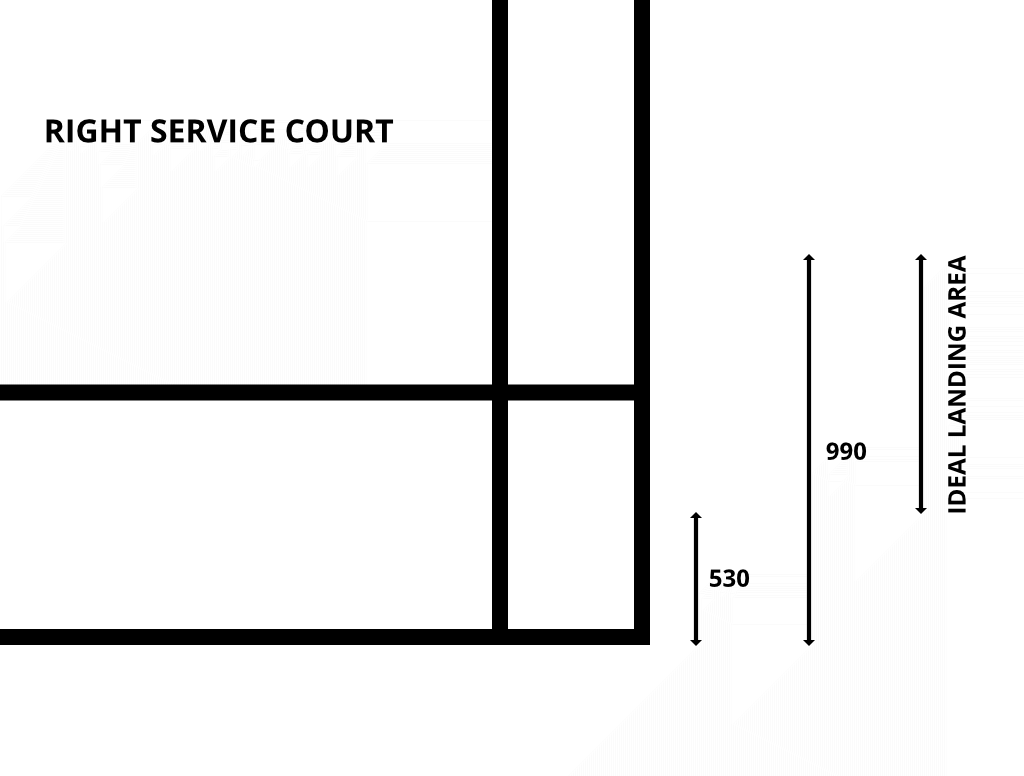Badminton is a sport of vectors and parabolas. The game revolves around each player's ability to move the other up and back with high, lofty shots called lobs or sharply hit, perfectly aimed smashes. The lob is used constantly — on the serve and during exchanges — and not only as a defensive tactic. The smash and drop shot are both used to hit winners. Singles requires constant movement from the back court to front court (there are no baseline huggers).
SHUTTLECOCK
A shuttlecock, which has a regulation weight of 4.7 grams, consists of 16 feathers chosen from the same wing (either left wing or right wing) and placed around a leather-covered cork. Depending on the amount of spin, the shuttlecock, which can reach speeds of up to 100 miles an hour, will stop at the top of its arc, then nosedive toward the court. The speed at which the shuttle travels is also affected by the weather, altitude and temperature. The speed of the shuttle will be faster in hotter region and conversely, the shuttle will move slower at colder region. Thus, if you are playing in an air-conditioned hall, use a slightly faster shuttle.
To test the speed of a shuttle, use a full underhand stroke which makes contact with the shuttle over the back boundary line. You shall hit the shuttle at an upward angle and in a direction parallel to the side lines.
A shuttle of correct speed will land not less than 530 mm and not more than 990mm short of the Badminton Court back boundary line as in the diagram below.

If you find the shuttle is too fast or too slow but you don't have shuttles of different speed, you can try tipping the shuttlecock. Tipping the feathers of the shuttles outward will slow it down. Tipping the feathers of the shuttles inward will speed it up.
To test the speed of a shuttle, use a full underhand stroke which makes contact with the shuttle over the back boundary line. You shall hit the shuttle at an upward angle and in a direction parallel to the side lines.
A shuttle of correct speed will land not less than 530 mm and not more than 990mm short of the Badminton Court back boundary line as in the diagram below.

If you find the shuttle is too fast or too slow but you don't have shuttles of different speed, you can try tipping the shuttlecock. Tipping the feathers of the shuttles outward will slow it down. Tipping the feathers of the shuttles inward will speed it up.
No comments:
Post a Comment